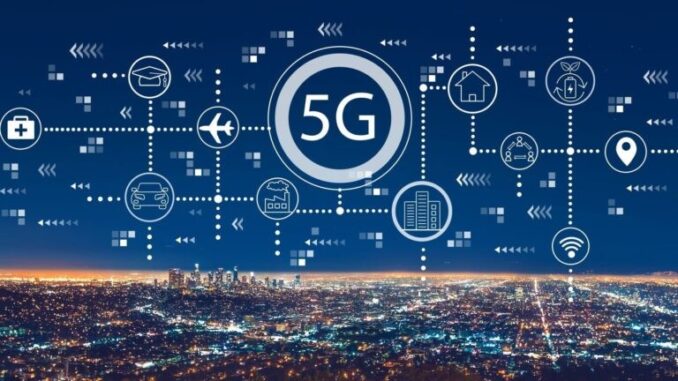
Building 5G technology towers is a crucial component of the overall infrastructure deployment, as these towers serve as the backbone for the radio access network (RAN) that connects users to mobile network services.
The construction process involves multiple stages from planning to execution. Here’s an overview of the key steps involved in constructing 5G technology towers:








### 1. **Site Selection and Acquisition**
– **Feasibility Studies**: Conduct assessments to determine the most effective locations for towers based on factors like population density, existing infrastructure, and coverage gaps.
– **Land Acquisition**: Securing the necessary land or leasing agreements with property owners, which may involve negotiations and legal arrangements.
– **Community Engagement**: Engaging with local communities to inform them about the plans, address concerns, and gain support.
### 2. **Regulatory and Environmental Compliance**
– **Permitting**: Obtaining the required permits and approvals from local, state, and federal authorities before construction can begin. This may include variations depending on zoning laws and regulations.
– **Environmental Impact Assessments**: Conducting studies to evaluate how the intended tower construction may affect the surrounding environment and wildlife. This may be a regulatory requirement.
– **Public Consultation**: Conducting public meetings or feedback sessions to inform the community and gather input on the planned construction.
### 3. **Design and Engineering**
– **Tower Design**: Engineers design the tower structure, considering height, materials, load capacity, and the specific type of antennas and equipment that will be installed.
– **Structural Requirements**: Ensuring the design meets local building codes and standards for wind resistance, load-bearing, and seismic activity, especially in areas prone to natural disasters.
### 4. **Construction Preparation**
– **Site Clearing and Grading**: Clearing the chosen site, preparing the ground, and ensuring it is level and stable for construction.
– **Foundation Work**: Pouring concrete foundations that are deep and robust enough to support the tower’s weight and withstand environmental stresses.
### 5. **Tower Construction**
– **Erection of Tower Structure**: Assembling and raising the tower, which can be a simple pole or a more complex lattice structure, depending on design specifications.
– **Installation of Antennas and Equipment**: Affixing antennas, cabling, and other necessary hardware to the tower. This includes both the radio equipment for transmitting and receiving signals and any additional technology needed for 5G deployment such as Massive MIMO arrays.
– **Backhaul Equipment**: Installing backhaul connections to link the tower with the broader network infrastructure, enabling data transfer between the tower and the core network.
### 6. **Power and Connectivity**
– **Electric Power Supply**: Ensuring reliable power supply to the tower, which may involve installing transformers, batteries, or backup generators for reliability.
– **Fiber Optic Connections**: Installing fiber optic cables for high-speed backhaul, crucial for 5G networks due to the high volume of data they transmit.
### 7. **Testing and Optimization**
– **Initial Testing**: Performing tests to ensure that everything has been installed correctly and that the tower functions as intended. This includes checking coverage, signal strength, and data throughput.
– **Optimization Adjustments**: Making adjustments based on test results to optimally configure the antennas and other equipment for the best performance.
### 8. **Commissioning and Launch**
– **Final Inspections**: Conducting safety inspections and ensuring adherence to all regulatory and safety standards.
– **Network Integration**: Connecting the new tower to the core network and integrating with existing infrastructure.
– **Launch**: Officially launching the tower’s services, making them available to customers.
### 9. **Ongoing Maintenance and Upgrades**
– **Regular Inspections**: Performing routine maintenance to ensure the structural integrity of the tower, as well as servicing the equipment.
– **Upgrades**: As technology advances, towers may need hardware upgrades to keep up with evolving standards and increasing user demand.
### Conclusion
The construction of 5G technology towers is a complex process that involves meticulous planning, regulatory compliance, community engagement, and engineering expertise. Successful tower deployment is essential for providing the high-speed and low-latency services that 5G technology promises to deliver, while also laying the groundwork for future innovations across multiple sectors. Effective management of the entire construction process ensures that the infrastructure keeps pace with technological advancements and user demands.


Leave a Reply